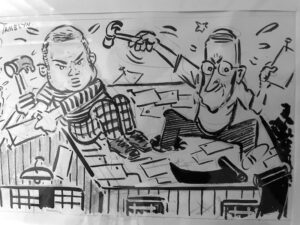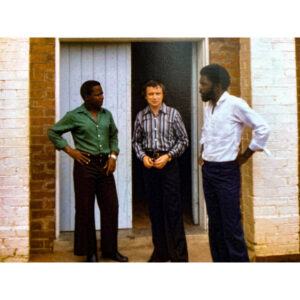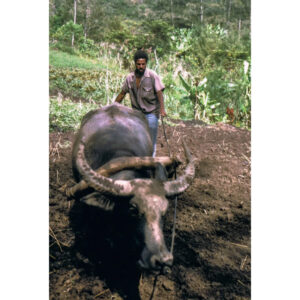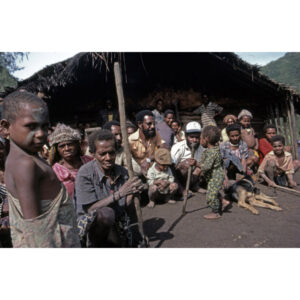Well, this might not seem like your idea of a good time. However, “undertaking” (good or bad pun?) this task may help loved ones to get through a time of grief more easily.
Having a chronic illness like allergic asthma, coupled with COPD and other complications, gave me incentive to think about taking this on. I just completed a shorter version in keeping with the times. Obituaries aren’t published the way they used to be unless you pay for it, and sometimes not even then. Of course, if unlike me you happen to be famous with much news having been written or broadcast about you, well getting obituary facts in order may still be a good idea for the sake of your loved ones, friends and colleagues. A funeral home or burial service, and a faith community, may be greatly assisted by the background your survivors provide, considered sometimes well in advance.
Here are suggestions to reflect on how to go about this challenge.
-
- Check out your resume to see what most matters.
- If anyone has ever written or broadcast about you, that is a good resource.
- If you’ve done a personal memoir for family and friends like I suggested in another blog post, check out what is most significant from that work.
- Ask family members, close friends and colleagues what they will most remember about you and take a few notes. You can explain why you are asking. And those you speak with may think this idea is a good one for them as well.
Based on what you collect, figure out a lead description for yourself, what is most important about you. Make sure what others are saying jives with what you want to emphasize.
I really spent some time on this for myself. In my lede I described myself as a writer and publicist who related to seven religiously affiliated initiatives over a career spanning five decades. In the second paragraph I spoke of once visiting a divinity school to consider studying for ordination, but felt “called away” from that direction and ended up working or consulting as a lay professional with Lutheran, United Methodist, Mennonite, American Baptist, Episcopalian, Roman Catholic and Jewish organizations.
I went on to describe that history a bit more, but briefly. Then I mentioned books I have self-published late in life. Don’t omit retirement activities of note. People are often living longer these days, and they may achieve some of their greatest accomplishments in “retirement.” Remaining details can include distinctive interests or activities and need to include reference to survivors of note and hometowns. Of course you won’t be able to write down details regarding your death. Others will fill in the blanks. If someone hasn’t taken a recent photo of you, it’s time to have one on hand.
Good luck thinking about this important step. Thanks for “listening.”








